In general, when customers come to our store in Amsterdam asking for advise about what wheels to choose, we will advise them to pick a good compound and wheel size first! There are certain words of wisdom about hardness but they translate very poorly between different brands, in this article the hard facts about Hardness are laid out!
SHORE HARDNESS SCALE
To measure the hardness a scale was made a hundred years ago by mister Albert Ferdinand Shore, With 0 being the softest and 100 being the hardest. On this scale candy is like a 10A, a rubber band is about 60A and an inline skate wheel is often between 80A and 95A.
You can find this hardness number almost always printed on the wheel itself marked with the A from Albert of course.
WHAT TO USE FOR SPEED
There are different aspects of skating that require different wheel qualities. Let’ talk a bit about what you need for stuff like speed, comfort, grip, breaking, sliding and grinding.
So first off, how does hardness relate to speed?
When a wheel is soft, it becomes a bit like an egg. And eggs of course don’t really roll that well.
It could very well be though that wheel with soft urethane is faster than one with harder urethane. The scale that mister Albert Shore made only measures the outer layer of the wheel. it does not measure the core! This is why it is very difficult to compare the speed of wheels from between different brands,
If there is a little stone laying on the asphalt, a soft wheel will get a dent and it will absorb the little rock for a second. That absorption takes some energy though! Having a hard wheel will make you fly over the rock and lets you keep your speed!
WHAT TO USE FOR COMFORT
Now we have gotten to comfort! Having a soft wheels is like having multiple shock absorbers underneath you feet. all the inequities of a bumpy road will be absorbed. Maybe when you are skating bad Dutch roads a soft wheel will be something for you.
WHAT TO USE FOR GRIP
To get grip, you want to have as much contact with the surface as possible. Because soft wheels deform in an bit of an egg, they have a bigger part of the wheel in contact with the ground. This gives you the extra grip you might want.
So the softer the wheel the grippier it gets.
Having some extra grip can be great for skating in the rain!
WHAT TO USE FOR BRAKING AND SLIDING
For braking and sliding you actually don’t want grip. This is why rain might even be an advantage because it enables you to practice sliding even better.
Anybody that wants to be the king of the streets should aim on mastering some basic slides to break with. Because hard wheels are less grippy they slide allot easier.
If sliding is what you want to learn then get the hardest wheels that you can find.
WHAT TO USE FOR GRINDING
the worst thing about aggressive inline skating is the compromise you need to make in your hardware to accommodate grinding.
So many aggressive skaters use only the other two very small wheels to have maximum grind space.
having two wheels cuts your grip in half so it makes a skatepark like the Olympiaplein in Amsterdam extra slippery.
you could make an argument that this is why having soft wheels would be beneficial for an aggressive skater.
if one of those wheels touches the top of the curb however during a grind, you might be in for a surprise.
To prevent sticking on your grind we use very, very hard wheels in the middle called grind wheels or antirockers. having those touch the top of the curb first might save you!
TO SUMMARIZE ON SOFT WHEELS
The benefits for soft wheels are:
- They make for a smooth ride.
- They are grippy.
The downside of soft wheels are:
- They are slow.
- They are not good for sliding/grinding and breaking.
TO SUMMARIZE ON HARD WHEELS
The benefits for hard wheels are:
- They are fast.
- They are good for advanced braking techniques like slides and also grinds.
The down sides of hard wheels are:
- They are not so comfortable
- They are not grippy so you can not walk up to a bank in a skatepark.
